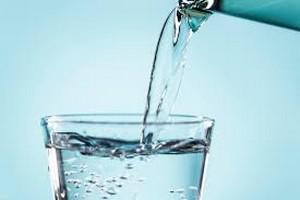Water safetyThe U.S. drinking water supply is mostly safe, but that’s not good enough
Most Americans take clean drinking water for granted as a convenience of modern life. The United States has one of the world’s safest drinking water supplies, but new challenges constantly emerge. As a scientist specializing in water quality, I believe water providers and regulators can’t afford to be complacent.

American drinking water supply one of the world's safest // Source: pxhere.com
Most Americans take clean drinking water for granted as a convenience of modern life. The United States has one of the world’s safest drinking water supplies, but new challenges constantly emerge.
For example, on May 6 researchers at the nonprofit Environmental Working Group and Northeastern University reported that 43 states have sites where water is contaminated with toxic fluorinated compounds known as PFAS. And many farm workers in California’s Central Valley have to buy bottled water because their tap water contains unsafe levels of arsenic and agricultural chemicals that have been linked to elevated risks of infant death and cancer in adults.
As a scientist specializing in water quality, I believe water providers and regulators can’t afford to be complacent. So I was distressed to hear EPA Administrator Andrew Wheeler tout the quality of drinking water in the U.S. in an interview on March 20, 2019. “I want to make sure the American public understands 92 percent of the water everyday meets all the EPA requirements for safe drinking water,” Wheeler said.
Let’s do the math on that. Nationwide, 327 million Americans each drink two to eight glasses of water on average every day. If 8 percent of that supply doesn’t meet EPA standards, that’s up to 209 million unsafe glasses of water per day, or 2.3 billion gallons of water – enough to fill a quarter of a million bathtubs. In short, high compliance numbers do not mean everything is fine.
Aging and underfunded
For more than 40 years the Safe Drinking Water Act has provided a consistent set of national standards for monitoring and managing contaminants to ensure the safety of water. The Environmental Protection Agency develops these standards and works with states and water utilities to ensure that drinking water supplies conform to them. Thanks to rules implemented under the Safe Drinking Water Act in the 1980s waterborne disease declined in the United States but in recent decades has crept back up.
